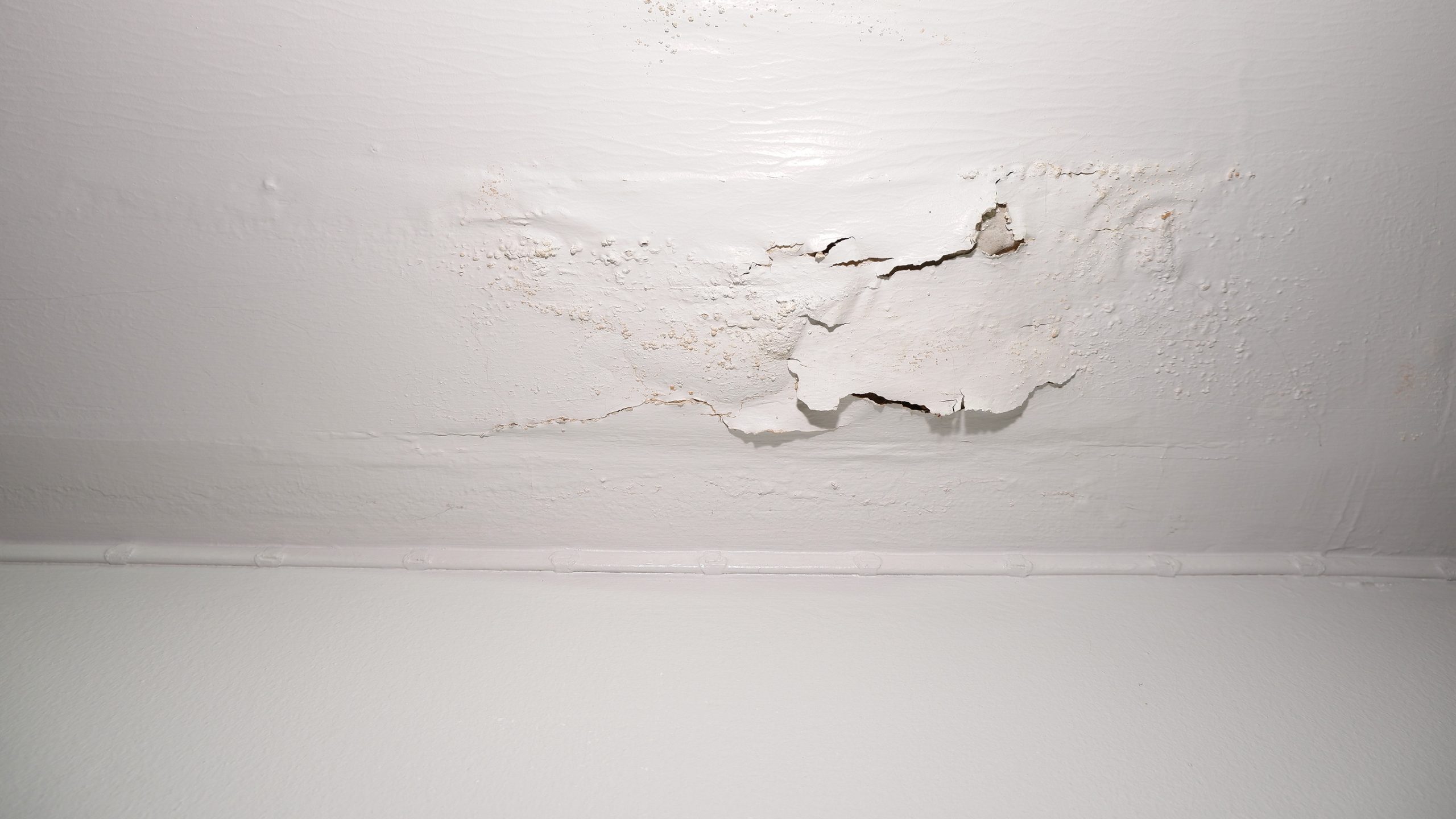
Most homeowners don’t think about their roof until there’s a leak—but by then, you might already be looking at major repairs. The truth is, your roof often shows early signs of trouble long before water starts dripping through the ceiling. If you know what to look for, you can catch small issues early and avoid costly damage later on.
Here are a few key signs that your roof might need some attention—and what to do if you spot them.
1. Shingles Looking a Little Rough?
Your shingles are your roof’s first line of defense against the weather. If they’re damaged, worn, or missing altogether, that’s a red flag.
What to look for:
What to do:
Don’t wait for a full-blown leak. Have a professional roofer replace any damaged shingles right away to prevent water from getting underneath.
2. Water Stains on Your Ceiling or Walls
Notice a brownish ring on your ceiling? That’s often one of the first signs of a roof leak. And unfortunately, by the time you see it, water has already made its way inside.
What to look for:
What to do:
Call a roofing expert ASAP. Even a small leak can lead to mold, insulation damage, and rot if ignored.
3. Sagging Areas on the Roof
Your roof should look straight and solid. If you notice it dipping or sagging in any spots, it could mean water has gotten in and started to weaken the structure.
What to look for:
What to do:
This could be a sign of structural damage, so don’t delay—have it inspected right away.
4. Grit in Your Gutters
Asphalt shingles gradually lose their granules as they age. But if you’re seeing a lot of that gritty, sand-like material in your gutters, it might mean your shingles are nearing the end of their life.
What to look for:
What to do:
Schedule a roof inspection to determine whether repairs will cut it or if it’s time to start thinking about a replacement.
5. Moss, Algae, or Mold Growth
Green patches or dark streaks on your roof don’t just affect curb appeal—they can also indicate moisture problems.
What to look for:
What to do:
Have the growth safely cleaned and make sure your roof and attic are properly ventilated to avoid future moisture buildup.
6. Your Energy Bills Are Creeping Up
A poorly performing roof can let warm air escape in the winter and allow heat to build up in the summer, making your HVAC system work overtime.
What to look for:
What to do:
Have your attic inspected. Improving ventilation or replacing damaged materials could make your home more energy-efficient—and more comfortable.
Let A&M Roofing Help You Catch Issues Early
Most roof problems don’t start big—they grow over time. That’s why regular inspections and maintenance are so important. At A&M Roofing, we’ll give you an honest assessment, help you spot small issues before they escalate, and keep your roof doing its job season after season.
Think your roof might need a checkup? Get in touch with us today—we’re here to help.